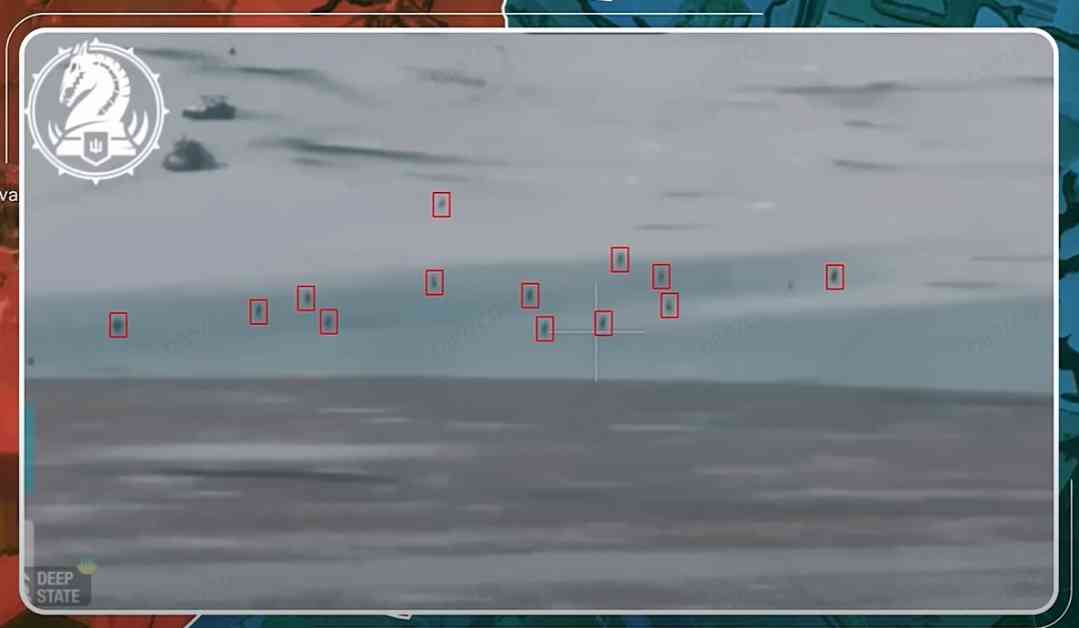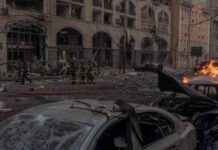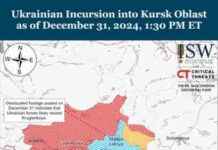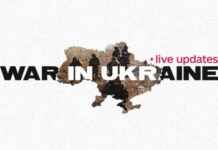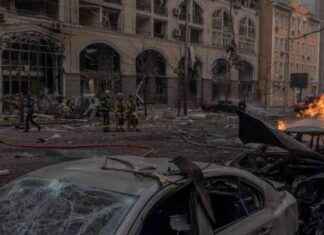Ukraine’s Ambush Derails Russian Rescue Mission for North Koreans
In a daring move to rescue stranded North Korean troops in the hamlet of Nikolsky, Russian forces found themselves facing a catastrophic outcome as they unwittingly walked into a meticulously planned Ukrainian ambush. The Russian troops, borrowing tactics from their North Korean allies after fighting alongside them for an extended period, attempted to break through Ukrainian fire to reach Nikolsky and provide much-needed relief to the isolated North Korean soldiers.
The Kursk direction, the setting for this intense military engagement, witnessed a desperate bid by Russian forces to reach Nikolsky and assist the besieged North Koreans cut off from crucial supply lines by Ukrainian forces. With the Ukrainians maintaining strict control over all routes to Nikolsky, the North Koreans had been stranded without supplies for over a week, increasing the urgency of the rescue mission.
Russian forces, hoping to leverage their advantage in mechanized assault units and the frozen ground that enabled their tanks and infantry fighting vehicles to move freely, launched a massive assault across the fields towards Nikolsky. The extreme cold weather in the region played a crucial role in facilitating the movement of Russian armor, offering a glimmer of hope for a successful rescue operation.
Ukrainians Set a Deadly Trap
However, the topographic features of the area and Ukrainian strategic planning turned the tide against the Russian forces. Shielded by a hill ridge for a significant portion of their journey, the Russian troops were lulled into a false sense of security before being exposed to intense Ukrainian fire from the eastern hill ridge. The lack of tree cover in the final stretch of their approach left the Russians vulnerable to precision strikes and drone surveillance by the Ukrainians.
To make matters worse, Ukrainians employed remote mining techniques to scatter landmines across the fields, effectively creating a deadly minefield that extended the danger zone for the Russian forces. The clear weather provided ideal conditions for increased drone surveillance, enabling Ukrainians to detect Russian assaults early on and prepare for a devastating counterattack.
Russian Assault Ends in Disaster
Despite their valiant efforts, Russian forces faced a grim fate as they advanced in human wave formations reminiscent of North Korean tactics. Adorning their tanks and vehicles with Soviet flags in a bid to rally their troops, the Russian soldiers found themselves outmatched by Ukrainian precision strikes, kamikaze drones, and artillery fire. The initial mechanized assault with BTR armored personnel carriers and tanks quickly turned into a bloodbath, with many Russian vehicles disabled or destroyed.
As the Russian infantry pressed forward on foot after their vehicles were incapacitated, they met a similar fate, with Ukrainian forces decimating their ranks and leaving a trail of wrecked vehicles in their wake. The ill-fated attempt to reach Nikolsky not only failed to relieve the North Koreans but also resulted in further casualties and loss of resources for the already strained Russian forces.
As the survivors of the failed assault regrouped, the outlook for both the North Koreans in Nikolsky and the Russian forces grew bleaker. With supply lines compromised and casualties mounting, the repercussions of the failed rescue mission reverberated across the battlefield, emphasizing the high stakes of the Russo-Ukrainian conflict.
In a volatile frontline report from the Kursk direction, the stark realities of modern warfare come to light as military blogger Reporting from Ukraine and our team provide firsthand accounts of the ongoing battle, shedding light on the harsh realities faced by soldiers on both sides of the conflict.
